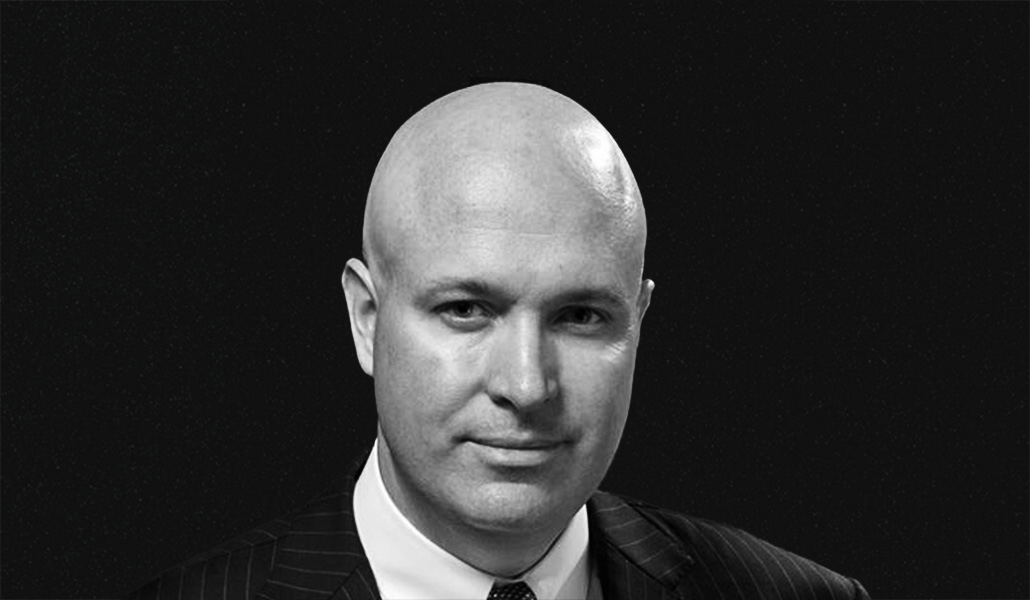How DKC’s Sean Cassidy built a culture that keeps talent happy in a high turnover trade

In an industry notorious for high turnover, PR firm DKC has landed on a magic formula when it comes to keeping employees from seeking out greener pastures.
And CEO Sean Cassidy is Exhibit No. 1.
Cassidy became CEO of DKC last September after having served as president there since 2004. He started at the agency as an account executive in 1992, a year after it was founded by industry legend Dan Klores.
DKC, in which ACC bought a majority stake last year, does work for a range of brands in categories from automotive (BMW) and entertainment (Marvel, Sesame Street) to tech (TikTok, Indeed) and consumer goods (MAC Cosmetics, Moët Hennessy). Cassidy leads the firm along with president Matthew Traub, who moved to his current role from COO a year ago and who this fall marks his 25th anniversary there.
The agency’s rulebook for retaining talent is something not only PR firms but businesses of all kinds can learn from. As Cassidy explains, it boils down to a combination of intentional hiring, honest leadership, and adapting to technological change without losing sight of the human element.
At its heart is a basic philosophy: treat people well in an environment that’s inherently challenging, often operating with all the civility of a mosh pit. “When I took over this business, I decided that screaming and using profanity as punctuation was not going to be the way it was going to be run,” Cassidy said. “It’s hard enough as it is without doing that.”
The workplace he’s fostered at DKC isn’t just about being nice, however—it’s strategic. Cassidy said he recognized early on that in a service business where relationships drive success, creating a supportive culture ultimately benefits clients and as well as the agency’s bottom line.
His talent strategy also relies heavily on what he describes as precise hiring. “You have to be very prescriptive about who you hire—this [business] is not for everybody,” as he puts it. Cassidy and his management team lay out expectations about the role upfront: Essentially, staff is expected to frame a story on behalf of clients, then execute that across a broad array of media channels. Those who thrive appreciate that no two days are ever the same, while those seeking a more predictable corporate culture typically move on.
The PR business has undergone massive change since the 1990s, and DKC has had to evolve along with it. Once primarily an earned media business centered on press relations, PR has transformed into a comprehensive communications ecosystem encompassing social media, data, paid advertising and influencer partnerships. “It’s a more complicated job, but you serve the public in a more 360 manner,” Cassidy explains.
As such, DKC’s work has expanded far beyond the footprint of traditional PR. Its DKC Analytics unit, launched in 2016, was envisioned as building a bridge between data and messaging, enlisting data scientists, market researchers and media buyers to provide a range of services that include e-commerce and B2B paid digital marketing, polling, market research, and search engine marketing and optimization. As an example of its work, DKC Analytics recently produced the report “A Business Leader’s Guide to Talking Tariffs,” providing insight on consumer perceptions about the Trump administration’s trade policies to help companies develop actions and messaging that inform, reassure and build brand trust.
Under Cassidy’s direction, DKC has also focused heavily on the intersection of brands and entertainment, forming the division DKCulture to connect the dots between marketers, talent, and multicultural Gen Zs and millennials, working with artists like Snoop Dogg and Charlamagne tha God and clients including Spotify and Indeed. Meanwhile, the DKC unit HangarFour focuses on events and experiential brand activations, influencer marketing and strategy, social media strategy and management, and content creation and execution.
As in other industries, perhaps no issue looms larger in PR than the advancement of AI. And as with other business leaders, Cassidy has a pragmatic view, seeing the technology as an “accelerant and efficiency tool” versus any replacement for human talent. “Anything that AI can be helpful with—not replace but be helpful with—enables us to help our clients more,” he said.
At the same time, he acknowledges the existential risk to his profession, with agencies that typically bill hourly for routine tasks like press releases and speechwriting now finding that model threatened as AI makes such tasks faster and cheaper.
For people managers across all industries, the rise of AI suggests a need to focus talent recruitment and development on skills that tech cannot easily replicate. In the PR industry and at DKC, those skills include strategic thinking, a knack for authentic storytelling and, of course, a talent for building a knockout roster of connections.
The bottom line: Machines may be wonderful for many things, but they cannot hobnob with valued contacts at media events or over breakfast at Balthazar.
“The single most important thing you can do as a business leader right now is to have relationships with people on the client side and also with members of the media,” Cassidy explains—and AI, he emphasizes, “will not eliminate access.”

